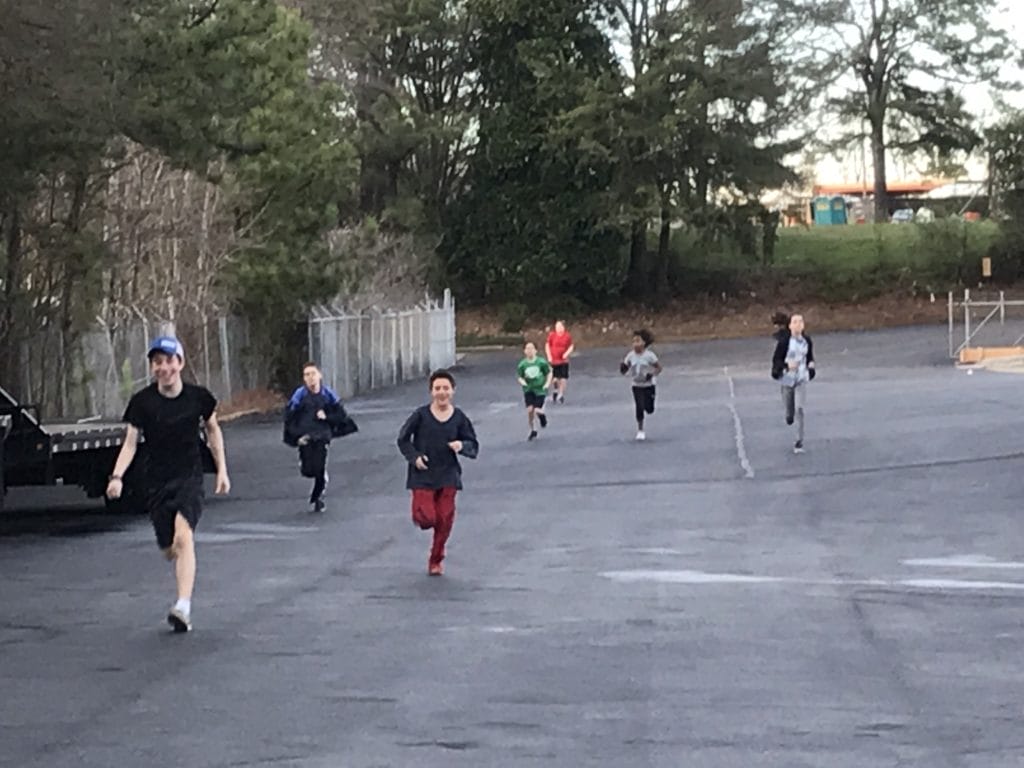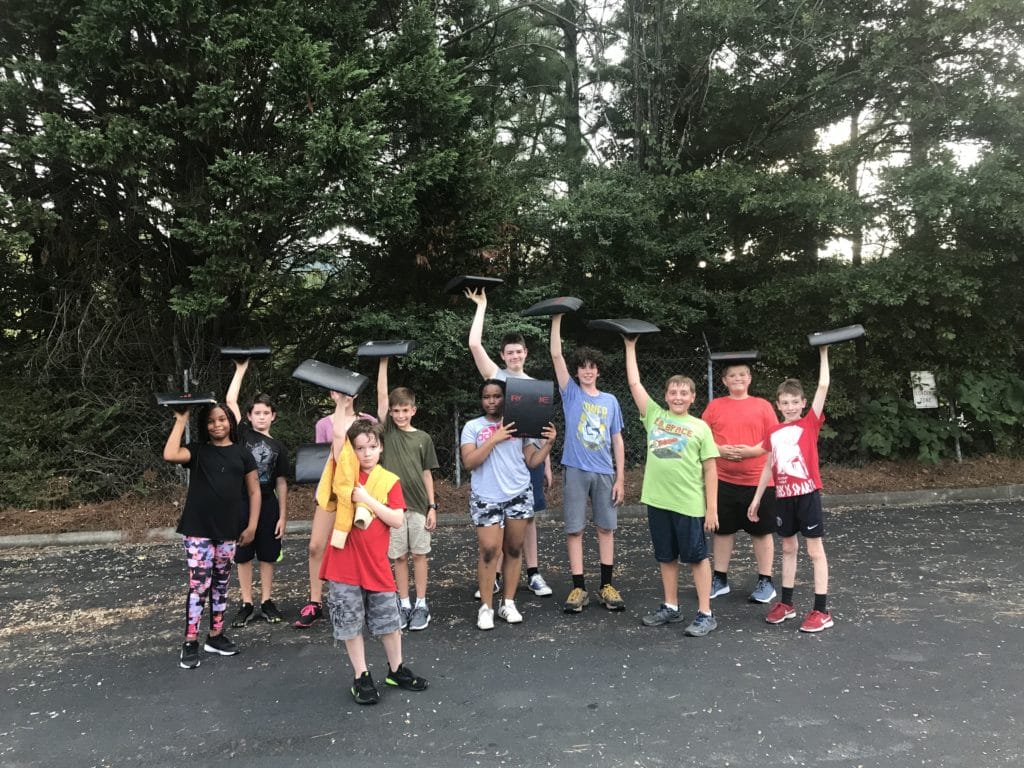Whole. Healthy. Youth. That’s WHY.
Our program supports kids (and their parents) by setting them up for a lifetime of success, showing them that movement is FUN, teaching them how to move in ways that are beneficial to them today and in the future.
In last week’s post, I wrote about how we work with the WHOLE child. This week, I’m going to focus on the H part of WHY: HEALTHY.
Movement For A Lifetime
Movement is healthy for our bodies, we all know that. Children are on the move, literally, from birth. Babies and toddlers are learning how to control their bodies to get at their goals during every waking hour. Climbing furniture, coloring the walls, emptying cabinets . . . anyone who has interacted with a toddler knows just how active they are!
And yet, kids move less and less as they grow older. A 2018 study shows that school-aged children “are sedentary for about 8 of their daily waking hours on average.”
Regular recess as well as physical education classes in elementary schools has declined in the last two to three decades. This means kids are receiving fewer opportunities during their school days to move their bodies.

Mental Health Benefits
Movement has mental and emotional health benefits, too.
On average, young people who exercise more have lower levels of depression, stress and psychological distress, and higher levels of positive self-image, life satisfaction and psychological well-being (Rodriguez-Ayllon, M., et. al., Sports Medicine, Vol. 49, No. 9, 2019).
Knowing that movement is healthy for the body as well as the brain and emotional well-being, the only conclusion is that we’ve got to keep kids engaged in activity.
Movement Gaps
Because kids are moving their bodies less often, we are seeingmore and more children with what The Brand X Method refers to as “movement gaps.”
Movement gaps are defined as:
“Specifically, [kids] are missing the ability to move in expected fundamental ways, through lack of exposure to and repetition of foundational human positions and movements.”
I see kids with movement gaps regularly in our youth program, such as:
- Having a hard time jumping and landing with both feet at the same time
- Unawareness of how to move specific parts of their bodies with intention and deliberation, such as pulling the shoulders back (posture) or bending one knee and not the other
- Knee/ankle instability, such as an inward turning of the knees/ankles in squatting and jumping movements
- Inflexibility, poor posture, inability to balance on one foot for more than a couple of seconds
- Core strength and engagement issues, making it difficult to get up and down off the floor
This is in no way the kid’s fault, nor am I trying to focus on flaws and challenges. This is a reality I see often, which is unfortunate–AND this is fixable. ALL of us, adults and kids alike, have had some of these kinds of movement gaps to work on and develop–nobody moves perfectly all of the time!

Fixing Movement Gaps . . . and having FUN at the same time!
In our youth program, we find those movement gaps, and we take things back to basics: where to put their feet, how to hold their shoulders, skills practice. How do we do this? Through:
- Fun and engaging activities to reinforce good body positioning and mind-body connection
- Positive coaching practices to support and encourage the kids
- Setting kids up for success by breaking movements into the smallest achievable steps
- Celebrating effort as much as, or more often than, successful movement, because effort precedes success
We help kids of all ages, fitness levels, and experience improve their form, get stronger and faster, and find movements that they LOVE doing. They’ll be more likely to maintain an active lifestyle as they develop into adults.
